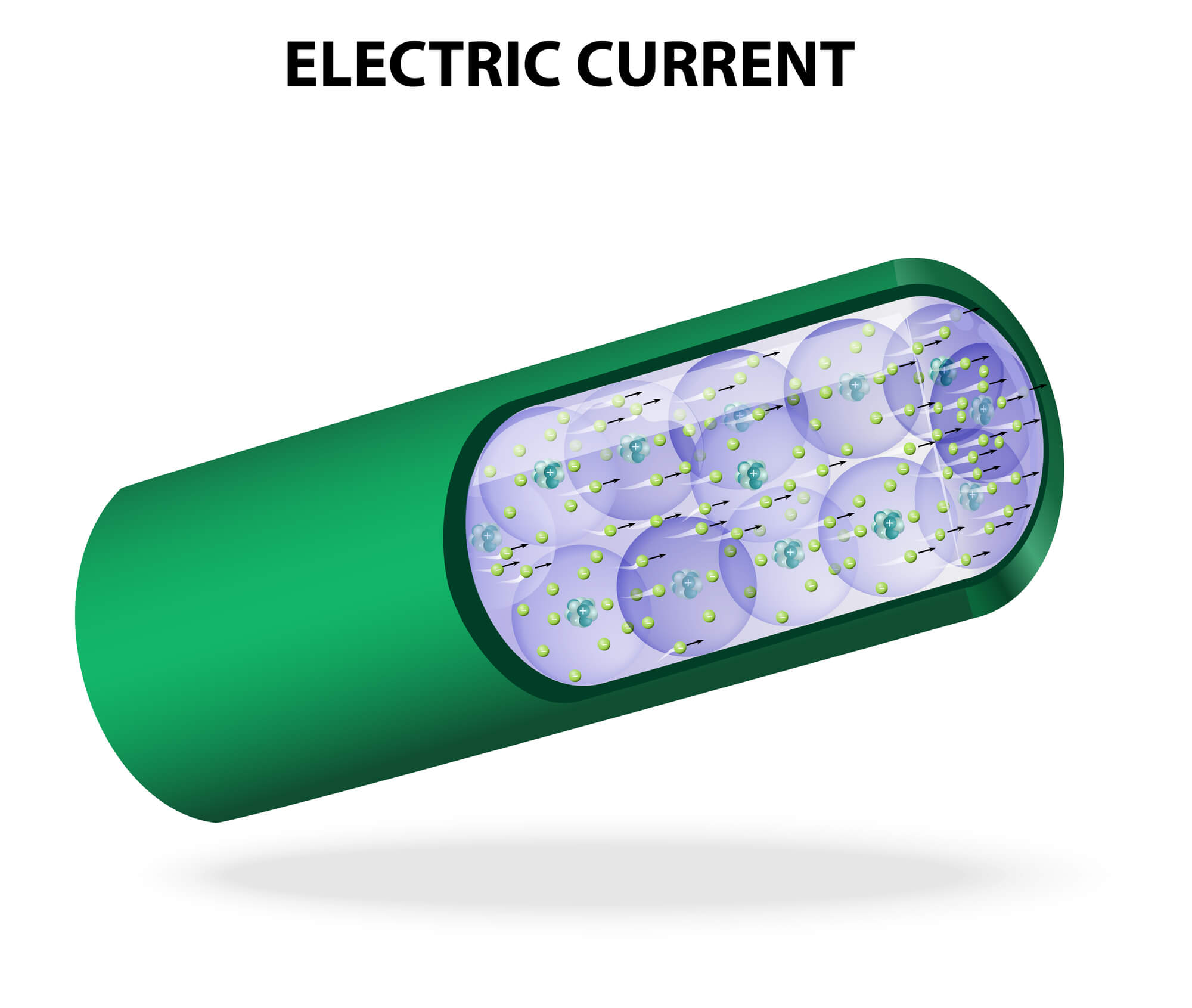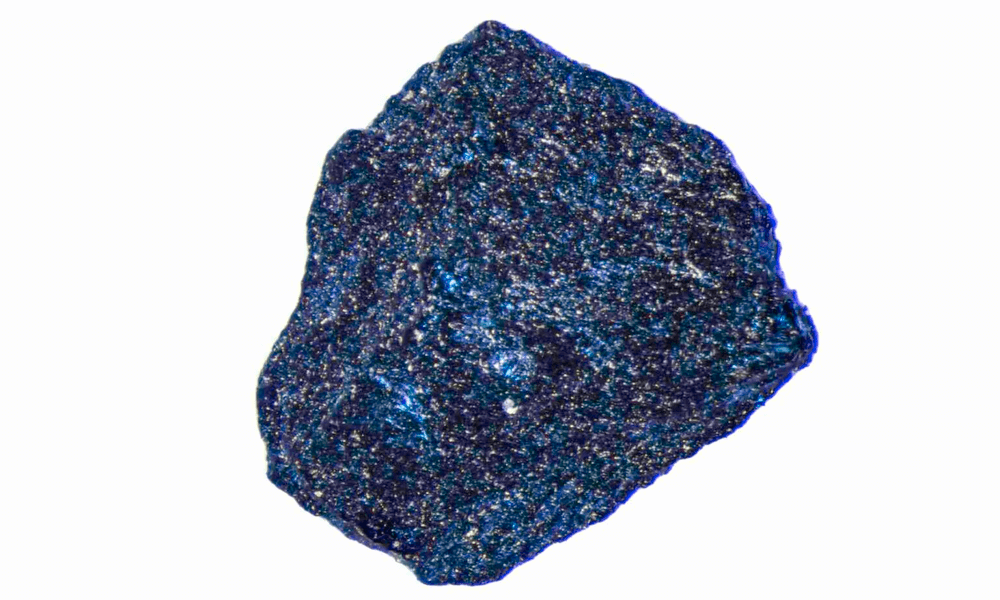Has a room temperature conductor finally been discovered? very doubtful The scientific community suspects the reliability of the findings and the reason for this is clear, the researcher who signed the disclosure claimed this in the past and was repelled by his colleagues claiming errors in the experiment.

Last Tuesday, when Ranga Dias, a physicist from the University of Rochester, announced that he and his team had succeeded in engineering a material on a conductor at room temperature, not one person responded. At the American conference of physicists held in Las Vegas, Dias claimed to have touched the holy grail that has been talked about for a century: a substance that conducts electrons without electrical resistance at room temperature.
For years, physicists fantasized about the technological advantages that would arise over such a conductor. At the last conference of physicists, Dias detailed some of them, among other things he mentioned the combinations of superconductors in nuclear fusion technologies and means of transportation, which have already been partially used, but their function requires freezing to a temperature lower than 5 Kelvin (about minus 268 degrees Celsius). When Dias asked the audience, "Do you know the movie Back to the Future?", in which the main character floats on a skateboard, no one answered, maybe out of shame, maybe out of shock, but after a thunderous silence, he enthusiastically said, "These are things that can be realistic."
During his lecture and that of his research partners, Dias and his group revealed details about the material's composition, the discovery process, and the tests conducted on the material's chemical composition, structure, optical and electrical properties, which led the researchers to conclude that the material indeed behaves as a conductor. Dias told Physics Magazine that "in the experimental methods chapter we explained how we did it and if anyone is interested in receiving samples of the material, we are open to discussion and collaborations."
The material at the center of the discussion is a unique composition of nitrogen, lutetium and hydrogen and its foreign name is abbreviated NLH. As Dias revealed in images taken by his colleagues, at room temperature, the material appears bluish and behaves like a normal metal. At a pressure of 1 giga pascal, on the other hand, the material turns pink and for a reason that is not yet completely clear, it behaves as a superconductor. If the pressure increases even more, the material changes its color to red and returns to behaving like a normal metal. The researchers showed that in the right pressure range, the resistance of the material drops to zero and its thermal conductivity changes sharply. All the findings mentioned were published in the famous journal Nature.

Dias' material belongs to the family of hydrogen-rich materials that were previously predicted to behave as superconductors under certain conditions. In the past, scientists have shown that hydrogen-rich materials mixed with sulfur or lanthanum behave as superconductors, around 203 Kelvin, 250 Kelvin (and below, around minus 70, minus 20 degrees Celsius) respectively. For the material to behave as a superconductor at such (relatively) high temperatures, it must be under enormous pressure, more powerful than the pressure felt at the bottom of the oceans, about 155 GigaPascal or 170 GigaPascal, respectively. For comparison, the atmospheric pressure is about one hundred thousand pascals, which means that it is necessary to exert a pressure on the material a million times greater than the pressure that the atmosphere exerts on us. In contrast, in order for Dias' material to be on a conductor, it is required to cool it to a temperature of 294 degrees (about 21 degrees Celsius) and apply 1 GigaPascal to it, ten thousand times the atmospheric pressure. For comparison, this is a pressure that is ten times lower than the pressure applied to the carbon atoms in laboratories for the production of synthetic diamonds.
If someone were to announce something like that, you'd expect them to be inundated and bombarded with questions and doubts, but this time the crowd expressed hesitation and the silence was thunderous. Few people politely asked technical questions, such as how they managed to increase the concentration of nitrogen in the material. There were no shouts of joy, excitement or applause, and the reason for this is obvious. The audience had heard about it before, and was disappointed.
In 2020, Dias and his collaborators published a paper in Nature announcing a superconductor at a slightly cooler temperature, and at a pressure 267 times greater than NLH. Scientists around the world expressed great excitement and the popular media covered the issue extensively but after two years the scientific community found errors and problems in Dias's experiment. Of course, Dias dismissed the claims and even emphasized that he was able to reproduce the results from that experiment, but the community is still skeptical, and for good reason. No group in the world other than Dias' group has successfully reproduced the results of the experiment. Some of the researchers expressed serious concern that the data had been carefully ascertained to match Dias's expectations and that the confirmation was biased. In conversations held with researchers for the magazine of the American Physical Society - Physics Magazine, it was said that the chemical composition of the material created in Dias's laboratory is still unclear. Ultimately, the researchers want to assemble material on a conductor at room temperature and at pressures much lower than NLH, but extraordinary results require extraordinary proof, and these have not yet been presented to the community, as she claims.
Do you have a question or topic you would like me to write about? Contact me at noamphysics@gmail.com
More of the topic in Hayadan:

10 תגובות
There are many thunderous silences in science, both in geometry and physics
https://nivbook.co.il/product/%D7%9E%D7%A1%D7%A2-%D7%94%D7%A7%D7%A1%D7%9D-%D7%A9%D7%9C-%D7%A2%D7%A6%D7%91%D7%A8-%D7%A2%D7%9C-%D7%9B%D7%A0%D7%A4%D7%99-%D7%94%D7%99%D7%93%D7%99%D7%A2%D7%94-%D7%94%D7%98%D7%91%D7%A2%D7%99%D7%AA/
A. Asbar
It's been about a week since Dias revealed his discovery.
It turns out that science doesn't need much time today to react back... already 3 articles that show things completely opposite to Dias's article.
Here is another one of them:
https://arxiv.org/abs/2303.08759
Good... the question now is how long will it take until they kill him?
No need to try so hard.
We are already asleep. A land of material (liquid) that, when mixed with some metal, becomes a conductive material.
I'm just putting it here:
https://arxiv.org/pdf/2303.06718.pdf
These researchers need to take a course with Dias in subtracting background measurement to understand how to publish papers in Nature.
Hello everyone,
Unfortunately, some of the comments are wrong.
There were forgeries in the CSH article. You are invited to watch two YouTube lectures from a conference held on the subject.
The new article on NLH is already being criticized on the subject because of non-standard analysis in the field.
If you want to read my point of view on the subject, please read the following link:
https://nimibachar.files.wordpress.com/2023/03/d7a2d79c-d79ed793d7a2-d7a9d7a7d799d7a4d795d7aa-d795d7a9d7a7d7a8d799-d794d7a4d7a8d7a1d795d79d-d7a0d799d79ed7a8d795d793-d791d79bd7a8.pdf
There are also references to the recorded lecture of James Hamelin and Dirk van der Marl if you are interested in understanding in depth the magnitude of the forgery beyond what I described in my article.
Full disclosure: I was a postdoctoral student in Dirk's group and in close contact with him on the above topic.
Enjoy the read and thanks to Noam for translating the APS article and thanks to Dan Garisto who followed the story and published his perspective on APS.
You're right, it somehow disappeared.
fixed.
You translated the article published in APS beautifully, give him credit:
https://physics.aps.org/articles/v16/39
As stated in the comments, the article about the CSH published in 2020, was continued due to the measurement of protective sustainability using a new method and not because of the other measurements that appeared in the article. It is difficult to reproduce the results because there are approximately 4 groups in the world that know how to perform such electrical measurements at these pressures.
The new material conducts at low pressures, so it will probably be possible to reproduce the results, if they reproduce the results it will definitely be an amazing achievement...
I know the research group in question very well. The "error" found in their previous work is in the analysis of the rejection of the magnetic field which was requested as a supplement to the results they presented which are still correct (showing 0 resistance).
There is no doubt as to the current results and under the aforementioned pressures, it is also very easy to reproduce them (relatively).
The stuff they found is completely real. There is still a lot of work to be done to find a material that will remain a conductor after depressurization and exposure to an atmosphere that is not rich in hydrogen. But the breakthrough is real
The reason they failed to reproduce results is that they are not dias.
The bystander theory that changes results comes into play.
The time of redemption has come and technology is going to act according to mitzvah and those who are worthy according to their actions. From such divine justice. No more corrupt rich, no more evil sitting safely.
Respect to Dias who is worthy of his actions to bring such a revelation. Let him appeal to the ultra-Orthodox, maybe they will be able to reproduce the results.